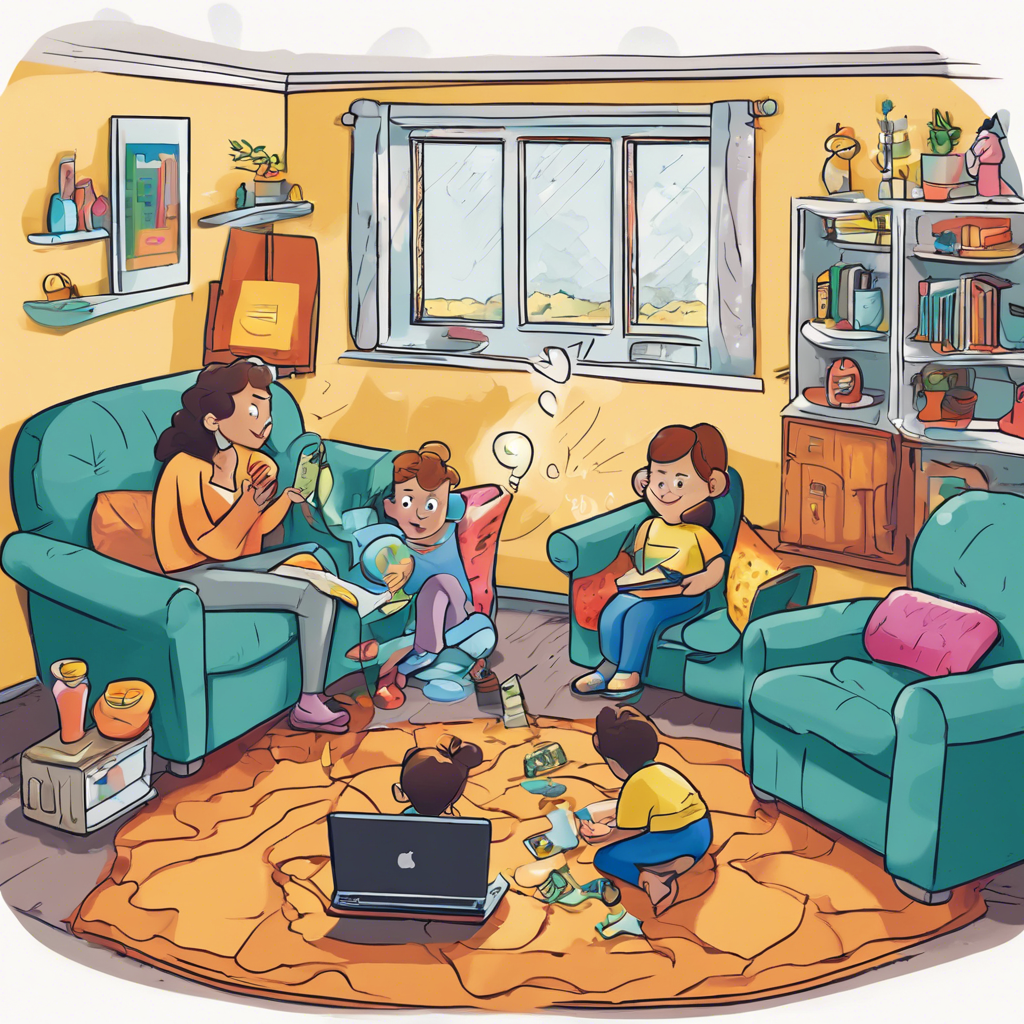How Can Qualitative Research Methods Complement Quantitative Approaches In Studying Gender Dynamics In Film Adaptations?
Gathering question image...
Introduction
Exploring gender dynamics in film adaptations demands a comprehensive, multifaceted approach. By strategically integrating qualitative and quantitative research methods, researchers can uncover a deeper understanding of how gender is represented and perceived in various cinematic texts. This document will analyze the complementary roles of qualitative and quantitative research in this context, enhancing insights and enabling nuanced analyses of gender representation in films.
Understanding Qualitative and Quantitative Research Methods in Film Studies
Qualitative research primarily delves into exploring subjects through thorough analysis, emphasizing the meanings, experiences, and narratives surrounding gender representations in film. Conversely, quantitative research aims to quantify characteristics, behaviors, or opinions, utilizing statistical analyses to generate numerical data. By merging these methodologies, researchers can achieve a holistic view of gender dynamics in film adaptations, revealing a broader spectrum of insights.
- Qualitative methods can reveal underlying themes and narratives in films that quantitative data might overlook, enriching the examination of gender representation.
- Quantitative methods can deliver measurable evidence of trends in audience responses and gender representation shifts over time, aiding empirical analysis of films.
The Synergy Between Qualitative and Quantitative Methods in Film Research
Integrating qualitative and quantitative research methods allows researchers to triangulate data, enhance the credibility of findings, and deepen the analysis of gender dynamics in films. For instance, a qualitative analysis may uncover the portrayal of gender stereotypes in a film, while quantitative surveys measure audience perceptions of these stereotypes, providing statistical validation to qualitative observations. This methodological combination resembles using both a magnifying glass and a telescope — one tool reveals detail, while the other provides an expansive context.
- Rich qualitative interviews can contextualize statistical trends identified in audience feedback, offering a layered understanding of gender representation.
- Focus groups can illuminate emotional and social factors influencing gender representation in film, aspects that surveys might not capture effectively.
Conclusion
In conclusion, the integration of qualitative and quantitative research methods significantly enhances the analysis of gender dynamics in film adaptations. Employing both approaches enables researchers to create a robust framework for understanding and interpreting the complexities of gender representation in cinema. This methodological synergy not only yields deeper insights but also fosters a more comprehensive discourse on the societal implications of these representations.
Expert Quote
Dr. Jennifer A. Bolderman, Professor of Gender Studies at UCLA
The interplay between qualitative and quantitative methods is crucial for dissecting complex social dynamics such as gender representation in media. Qualitative insights enrich our understanding, while quantitative data provides the frameworks necessary for broader societal implications.
Bolderman, J.A. (2023), Gender in Media: Integrating Methodologies, Journal of Gender Studies.
Relevant Links
Cultural power dynamics and narrative transformation: a ... - Frontiers
https://www.frontiersin.org/journals/communication/articles/10.3389/fcomm.2025.1568170/fullStrengthening women's empowerment and gender equality in fragile ...
https://pmc.ncbi.nlm.nih.gov/articles/PMC8904729/Sociology (SOC)
https://courses.cornell.edu/courses/soc/soc.pdfEnabling analysis of big, thick, long and wide data: Data ...
https://pmc.ncbi.nlm.nih.gov/articles/PMC7384251/Iordache | Close Contact for Context: Qualitative Methodological ...
https://journals.publishing.umich.edu/mij/article/id/7625/Most popular questions

How Do The Personal Relationships Among Gods Affect Their Decisions In The Iliad?
The intricate relationships among the gods in Homer's epic poem 'The Iliad' play a crucial role in shaping their actions and decisions. These divine interactions create a complex web of fates, where each god's personal alliances and rivalries directly influence the events of the mortal world.

What Strategies Can Parents Use To Educate Their Children About Online Safety Beyond Privacy Settings?
In today's digital landscape, teaching children about online safety is essential for their protection and well-being. While privacy settings play a critical role, parents can implement various strategies to create a thorough understanding of online safety principles among their children.

What Are The Different Types Of Insulation Materials Commonly Used In Buildings, And How Do They Compare In Terms Of Thermal Resistance?
Insulation materials are vital for enhancing energy efficiency in residential and commercial buildings by minimizing heat transfer. Understanding the various insulation types can lead to better choices for thermal resistance and overall comfort.
Most recent questions

How Can Cultural Elements From Traditional Folk Music Be Incorporated Into Modern Marketing Techniques To Appeal To Younger Audiences?
In the rapidly evolving digital landscape, marketers are on a constant quest to find fresh and innovative strategies to engage younger audiences. A highly effective approach is to infuse elements of traditional folk music into contemporary marketing techniques. This creative blend not only draws from rich cultural heritage but also resonates on an emotional level with consumers, making it an ideal strategy for modern brands.

What Role Did Synthesizers Play In The Evolution Of Music Genres Beyond Film, Such As Pop And Electronic Music?
Synthesizers have revolutionized the music industry, profoundly impacting diverse genres beyond their original applications in film scores. Their exceptional versatility and capacity to produce distinctive sounds have been instrumental in the development of pop and electronic music, solidifying their place in modern culture.

In What Ways Does The Depth Of Character Development Influence A Reader's Connection To The Narrative's Events?
Character development is a vital aspect of storytelling that plays an essential role in how readers perceive and emotionally connect with a narrative. Richly developed characters evoke a range of emotions which actively engage readers and draw them into the storyline, enhancing the overall reading experience.